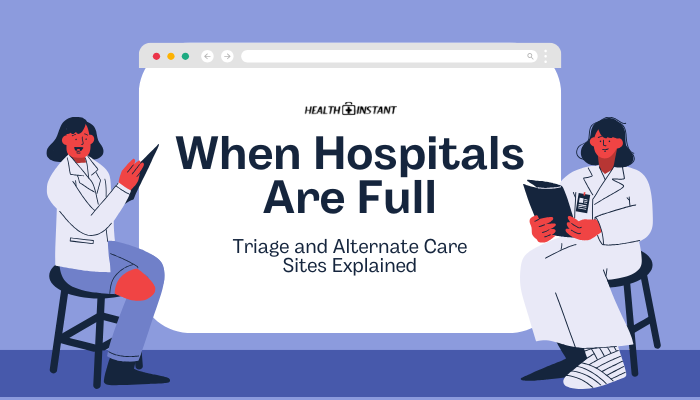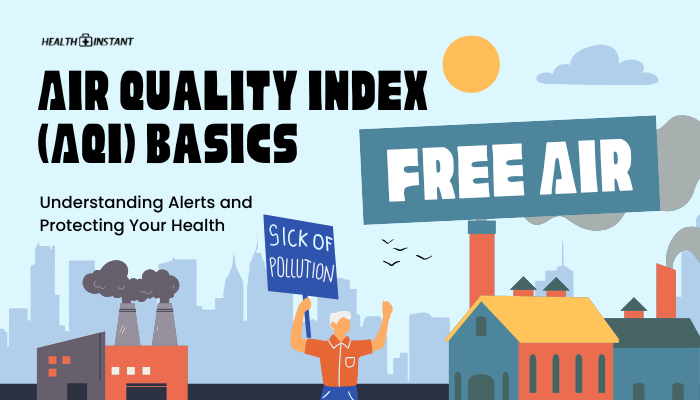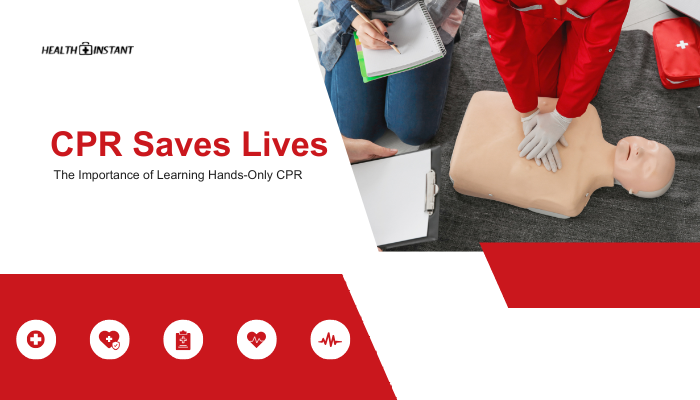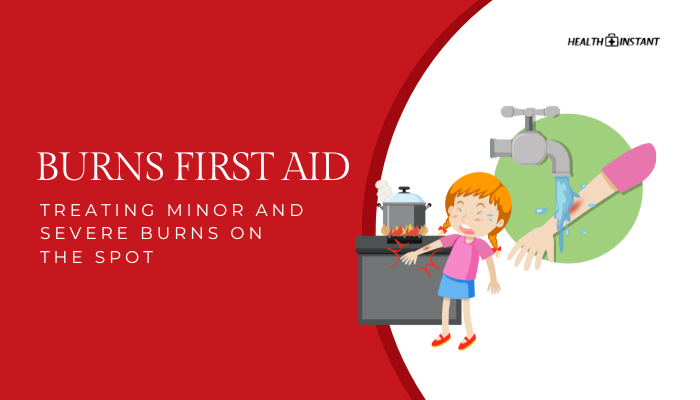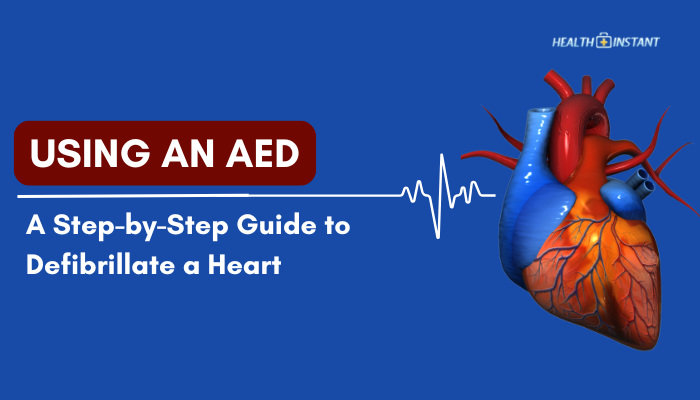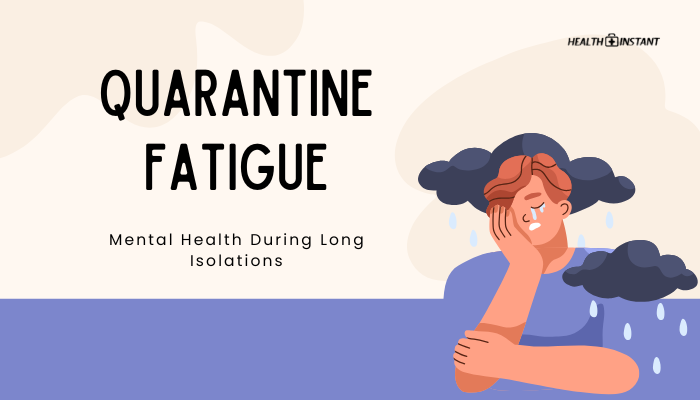Introduction
Disasters, pandemics, and mass casualty incidents can bring healthcare systems to their breaking point, leaving many hospitals overwhelmed. When this happens, frontline medical staff rely on triage to prioritize care according to patients’ needs while exploring alternative settings—called alternate care sites (ACS)—to house and treat the less critical.
This guide examines the role of triage in emergency response, why alternate facilities become vital, and how both strategies sustain healthcare continuity when hospital capacity maxes out.
What Is Triage?
Triage is the sorting process used by medical professionals to:
- Assess a patient’s injury or illness severity,
- Identify which treatments are most urgent,
- Allocate limited resources (staff, beds, equipment) effectively.
In large-scale emergencies, triage accelerates decisions, ensuring life-threatening conditions take precedence. More stable patients might wait or be assigned to alternate care sites if no immediate ICU-level care is required.
Hospital Overcapacity and Its Consequences
- Resource Strain
- Surging patient loads can lead to equipment shortages, staff burnout, and compromised care.
- Surging patient loads can lead to equipment shortages, staff burnout, and compromised care.
- Treatment Delays
- Overcrowded ERs and corridors lined with beds indicate extended wait times.
- Overcrowded ERs and corridors lined with beds indicate extended wait times.
- Infection Spread
- Congested wards may foster transmissions of contagious illnesses.
Without interventions, such as triage protocols and out-of-hospital expansions, patient outcomes can deteriorate quickly.
Alternate Care Sites (ACS): What Are They?
Alternate care sites are temporary or repurposed medical facilities established to handle patient overflow when hospitals are full. They offer:
- Basic to Moderate Care: For stable or low-acuity patients, freeing hospitals to handle urgent, specialized cases.
- Reduced Distance: Placed closer to vulnerable communities or in safer spaces if hospitals are compromised by disaster.
- Scalable Infrastructure: Tents, modular units, or repurposed buildings that can be assembled rapidly.
Types of Alternate Care Sites
Converted Public Spaces
- Stadiums or Convention Centers
- Provide large indoor areas; can be segmented into wards.
- Provide large indoor areas; can be segmented into wards.
- Schools or Community Halls
- Roomy gyms or auditoriums repurposed for triage, patient observation.
Mobile Field Hospitals
- Tented Facilities
- Quickly set up with essential medical gear, bridging immediate shortfalls in capacity.
- Quickly set up with essential medical gear, bridging immediate shortfalls in capacity.
- Vehicles or Mobile Trailers
- May handle triage or low-complexity medical services in remote or isolated zones.
- May handle triage or low-complexity medical services in remote or isolated zones.
Long-Term Care Facilities Adapted
- Reassigned Wings
- In some scenarios, nursing homes or rehab centers open entire sections for non-critical hospital patients.
- In some scenarios, nursing homes or rehab centers open entire sections for non-critical hospital patients.
- Step-Down Care
- Freed hospital beds for intensive care while stable patients shift to these adapted care sites.
How Triage Works in Overflow Situations
- Initial Assessment
- Patients are briefly evaluated at the entrance (e.g., vital signs, consciousness, breathing).
- Patients are briefly evaluated at the entrance (e.g., vital signs, consciousness, breathing).
- Tagging or Labeling
- Common color-coded systems: Red (critical), Yellow (moderate), Green (minor), Black (expectant).
- Common color-coded systems: Red (critical), Yellow (moderate), Green (minor), Black (expectant).
- Transportation to the Right Location
- Critical patients go to specialized wards or main hospital floors, while stable patients might move to an ACS.
- Critical patients go to specialized wards or main hospital floors, while stable patients might move to an ACS.
By funneling stable or low-risk patients away from jammed hospitals, staff can focus high-level resources where they matter most.
Challenges and Considerations
- Staffing
- ACS rely on skilled personnel—doctors, nurses, volunteers—who might be scarce.
- ACS rely on skilled personnel—doctors, nurses, volunteers—who might be scarce.
- Equipment Limitations
- Ventilators, oxygen, and advanced diagnostics aren’t always available outside main hospitals.
- Ventilators, oxygen, and advanced diagnostics aren’t always available outside main hospitals.
- Regulatory and Liability Issues
- Licensing or insurance coverage can complicate care in non-traditional settings.
- Licensing or insurance coverage can complicate care in non-traditional settings.
- Quality and Safety
- Ensuring consistent care and infection control in makeshift facilities is essential.
Case Examples of Effective Overflow Management
- COVID-19 Pandemic
- Many cities worldwide set up field hospitals in convention centers or sports arenas for mild to moderate patients.
- Many cities worldwide set up field hospitals in convention centers or sports arenas for mild to moderate patients.
- Earthquake Responses
- In quake-hit regions, temporary clinics replaced damaged hospitals, successfully triaging and providing routine medical care.
- In quake-hit regions, temporary clinics replaced damaged hospitals, successfully triaging and providing routine medical care.
- Military Deployments
- Armies globally have mobilized tent-based hospitals for local communities during massive floods or wildfires.
- Armies globally have mobilized tent-based hospitals for local communities during massive floods or wildfires.
These precedents show that with robust planning and coordination, ACS can save lives when conventional infrastructure falters.
Conclusion
When health crises drive a surge of patients to hospitals, triage becomes critical in prioritizing who needs immediate advanced care. Meanwhile, establishing alternate care sites helps accommodate those not requiring intensive interventions, alleviating the burden on main hospitals.
Although challenges (staffing, logistical complexity) persist, successful experiences worldwide prove these measures significantly enhance public health response, ensuring severely ill or injured individuals receive prompt life-saving treatments. Ultimately, flexible readiness, timely triage, and well-equipped alternate facilities can spell the difference between chaos and efficient life-saving operations.
References
- World Health Organization (WHO). (2021). Pandemic preparedness: triage and surge capacity.
- U.S. Department of Health & Human Services (HHS). (2020). Guidelines for setting up alternate care sites.
- Centers for Disease Control and Prevention (CDC). (2019). Emergency triage protocols in mass casualty events.
- American College of Emergency Physicians (ACEP). (2018). Best practices for disaster triage.
Disclaimer: This information is for general context only and does not replace medical or legal guidelines. Follow local health authorities and professional protocols in any real emergency.

